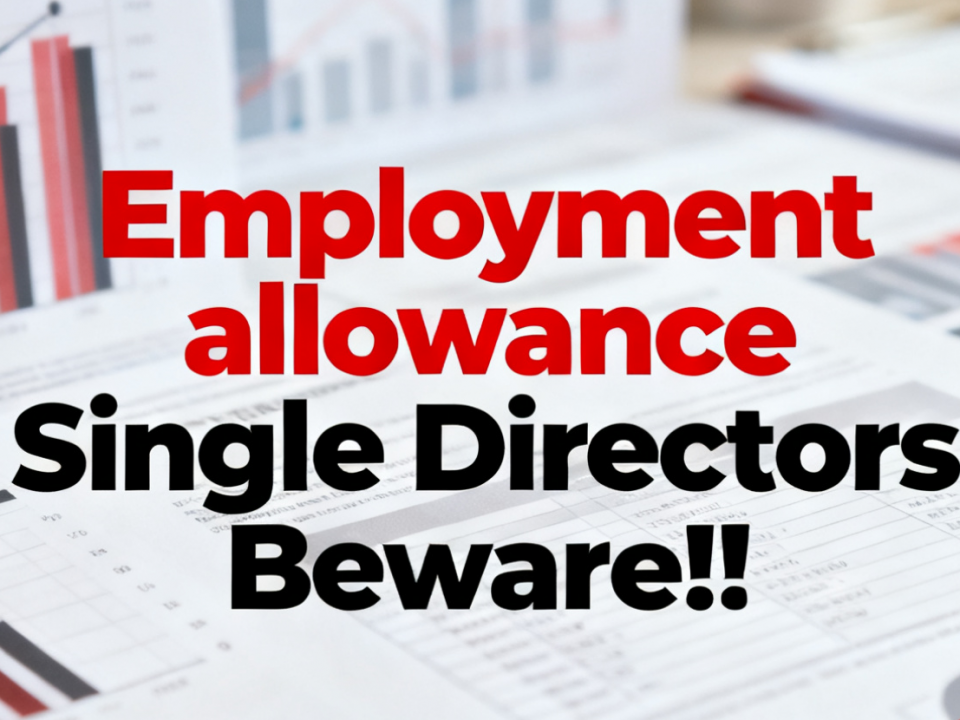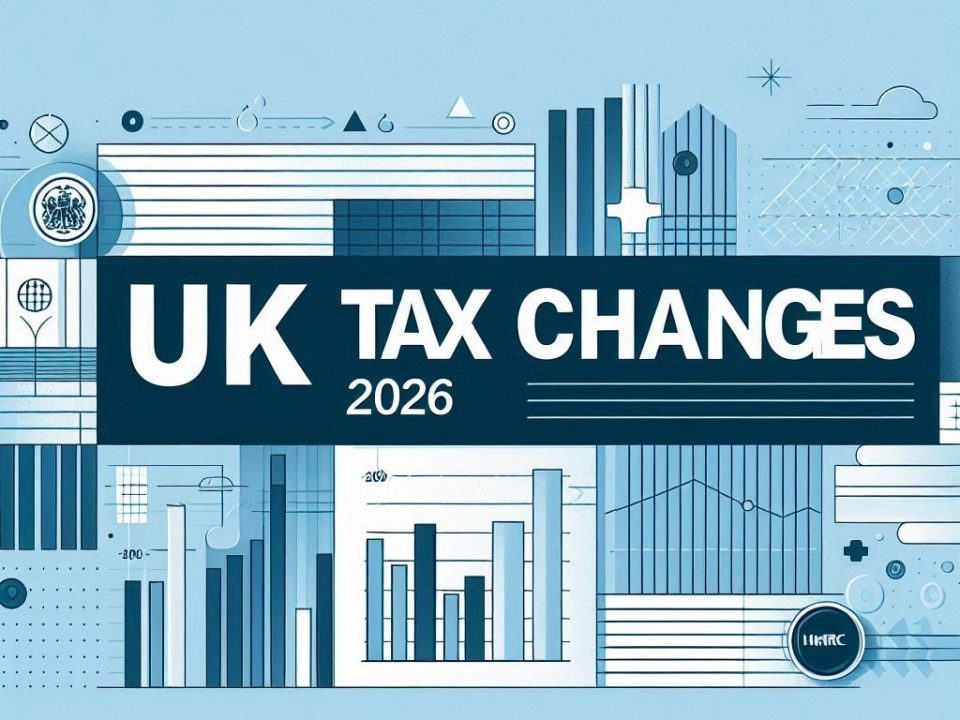Capital Gains Tax Implications on Cryptocurrency
December 20, 2024Understanding the 15% Block on Lease Payments for Corporation Tax
December 30, 2024Corporation Tax Marginal Relief Changes and the Impact of Associated Companies
Time to read: 6 minutes
As of 1 April 2023, significant changes to corporation tax in the UK came into effect, introducing a new marginal relief system alongside increased corporation tax rates. These changes are particularly relevant for businesses with associated companies, as they directly impact tax calculations and the availability of reliefs.
Key Changes to Corporation Tax
- Two-Tier Corporation Tax Rates:
- A main rate of 25% applies to companies with profits over £250,000.
- A small profits rate of 19% applies to companies with profits of £50,000 or less.
- Marginal Relief for Companies with Profits Between £50,000 and £250,000:
- Companies with taxable profits in this range benefit from marginal relief, which reduces their effective tax rate.
- The relief is designed to smooth the transition between the small profits rate and the main rate.
What Are Associated Companies?
Associated companies are businesses that are under common control, either directly or indirectly. Common control can be established through shared ownership, voting power, or other controlling interests. For example:
- A company owned by the same individual(s) as another company.
- Subsidiaries of a parent company.
The number of associated companies you have affects the thresholds for corporation tax rates and marginal relief.
Impact of Associated Companies on Tax Calculations
The introduction of marginal relief requires companies to allocate the profit thresholds (£50,000 and £250,000) among all associated companies. This allocation can significantly affect the amount of tax payable. Here’s how:
- Reduced Profit Thresholds:
- If you have two associated companies, each company’s thresholds are halved:
- Small profits rate threshold: £25,000 (£50,000 / 2)
- Main rate threshold: £125,000 (£250,000 / 2)
- The more associated companies, the lower the thresholds.
- If you have two associated companies, each company’s thresholds are halved:
- Higher Effective Tax Rates:
- Companies with reduced thresholds may end up paying a higher effective tax rate due to reduced availability of marginal relief.
- This is especially impactful for businesses with multiple associated companies and profits close to the adjusted thresholds.
Examples
Single Company
- Profits: £120,000
- Marginal relief applies as profits fall between £50,000 and £250,000. The effective tax rate will be less than 25% due to the relief.
Two Associated Companies
- Combined profits: £120,000
- Allocated thresholds: £25,000 and £125,000 per company.
- If each company’s profits are close to the adjusted thresholds, the marginal relief will be less impactful.
Practical Implications for Businesses
- Tax Planning:
- Businesses need to consider the number of associated companies when planning their tax strategy.
- Group restructuring or changes in ownership might reduce the number of associated companies and increase profit thresholds.
- Compliance:
- Accurate determination of associated companies is essential to avoid errors in tax calculations.
- Companies must disclose associated entities in their corporation tax return (CT600).
- Forecasting:
- Companies should forecast taxable profits to assess the impact of reduced thresholds on their tax liabilities.
Conclusion
The changes to corporation tax rates and the introduction of marginal relief present both opportunities and challenges. For businesses with associated companies, understanding how profit thresholds are allocated is critical for effective tax planning. By taking a proactive approach and seeking expert advice, companies can navigate these changes while minimizing their tax burden.



